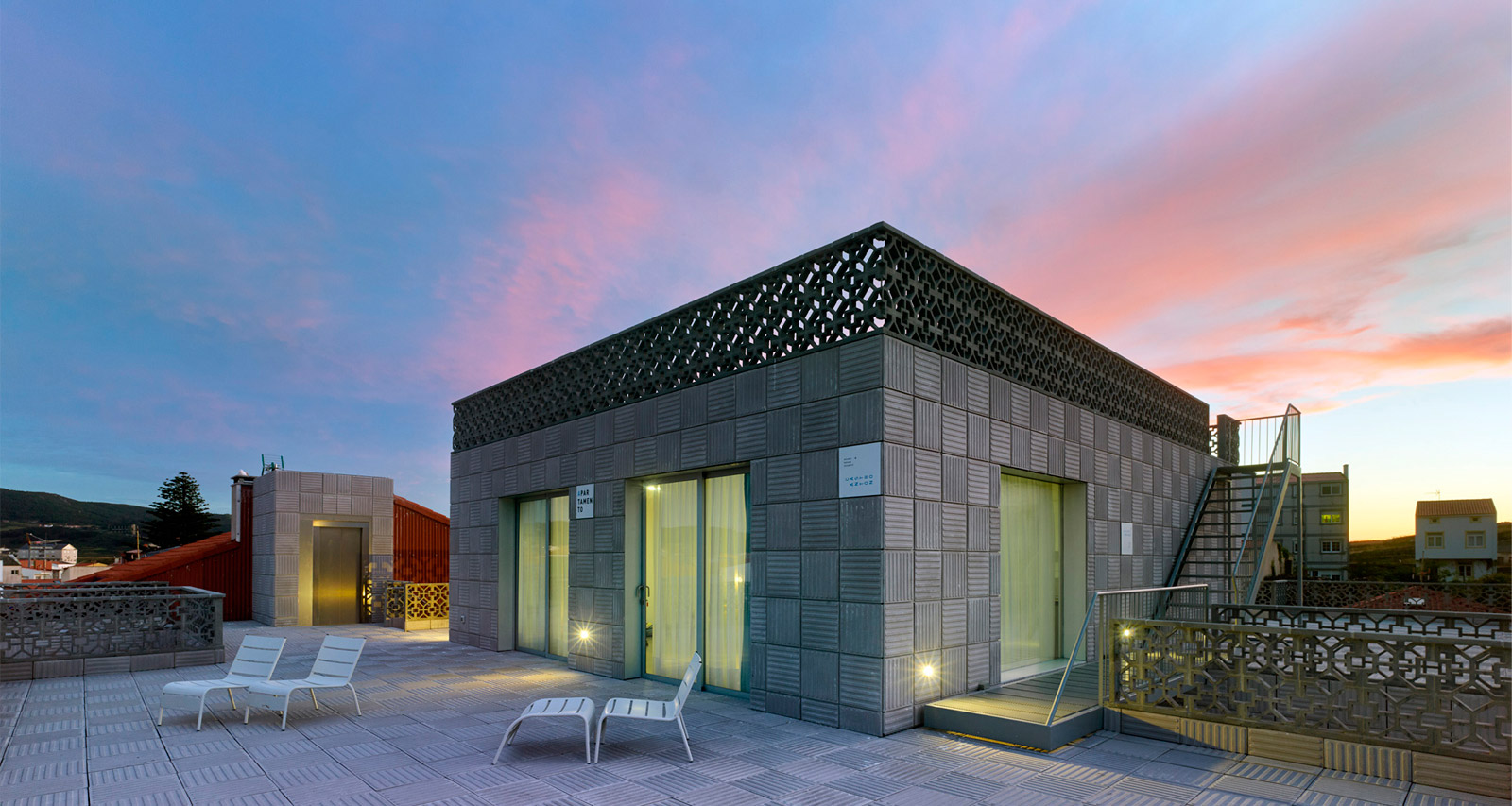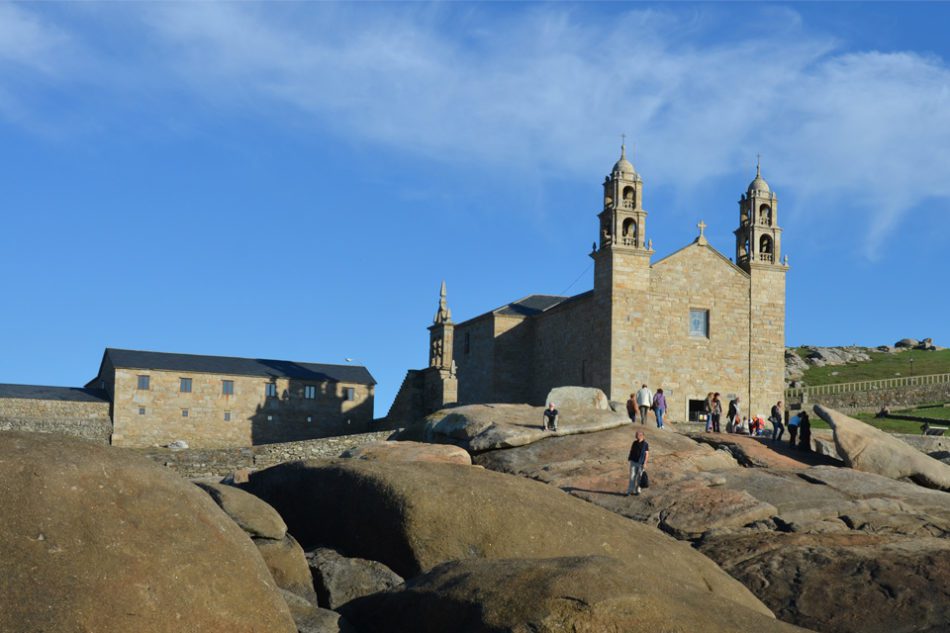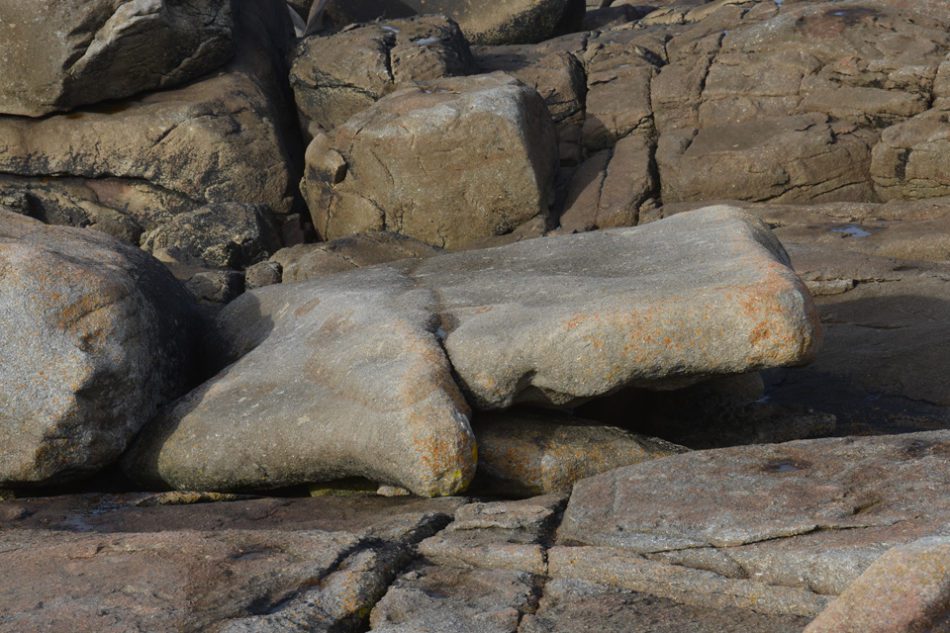Muxía has a rich heritage.
Muxia has a rich natural, historical, architectural and ethnographic heritage, both within the town and municipality.
The most famous landscape from Muxía is the punta de A Barca, There you will find landscapes, history, art and legends. In this extreme mainland is situated the sanctuary of A Virxe da Barca, founded in the middle Ages by the monks of Moraime. The actual temple, the baroque style, dates from 1719 and was built with the financial assistance of the Earls of Maceda. The image of the Virgin is a gothic carving of the fourteenth century.
Pedra dos Cadrís.
In front of the chapel, next to the sea, you will find the stones of Abalar and the Os Cadrís, that formed part of antique pagan sanctuary, Cristianized later through the legend of the appearance of the Virgin to the apostle Santiago. Thus these stones will become part of the boat where the Virgin arrived. The Abalar stone became the boat and the one of Os Cadrís the sail.
San Moirame.
Outside the urban center we recommend visiting Moraime, historic center of great interest. Here the remains of a Roman mansion and a Visigoth necropolis was found. The monastery of San Xulián was then founded and thus became the most important Christian center of the Costa da Morte. To this period we have as a vestige the magnificent Romanic church, which preserves wall paintings in its interior of the sixteenth century. Next to the church is the former rectoral, a magnificent building of the eighteenth century restored to dedicated to rural tourism.















